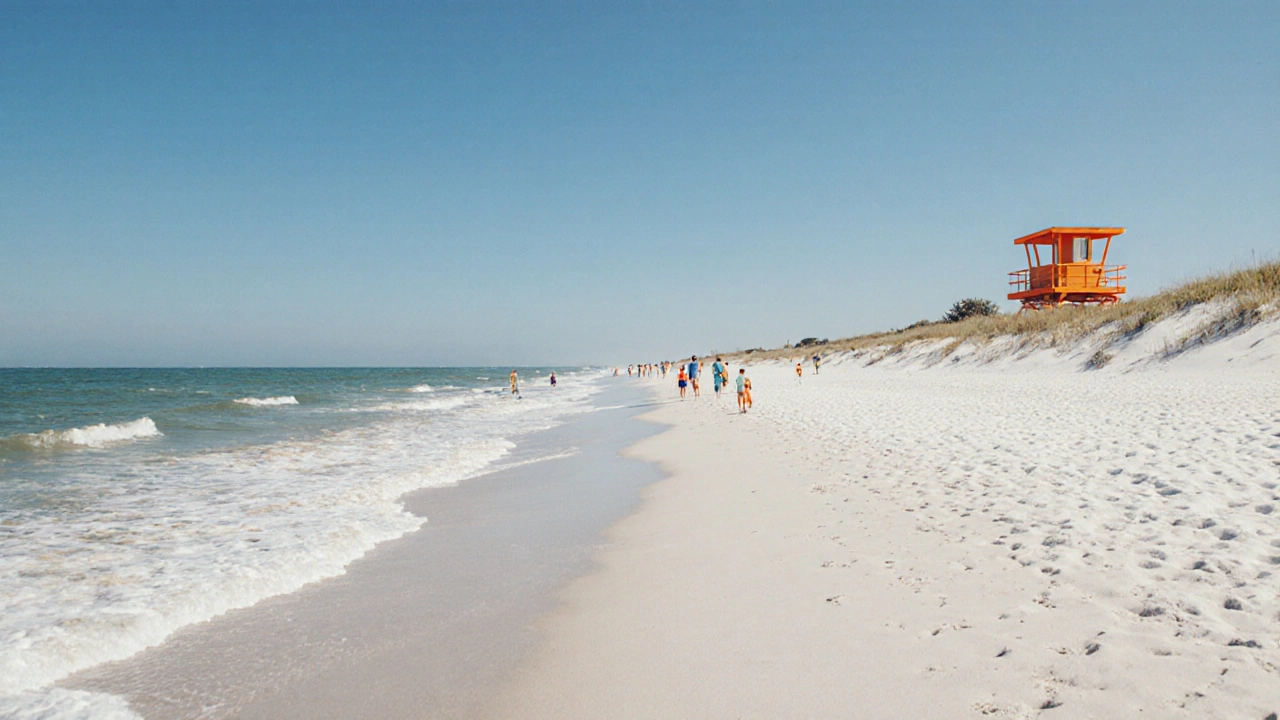Edisto Beach Water Temperature: What’s Happening Now?
When working with Edisto Beach water temperature, the measured temperature of the Atlantic water along the South Carolina shoreline at Edisto Beach. Also known as sea surface temperature at Edisto, it changes with season, weather patterns, and ocean currents. The nearby Edisto Beach, a three‑mile stretch of sand popular for swimming, fishing, and family outings draws visitors who rely on the water temperature to decide when to dip. Water temperature, the degree of warmth in the ocean measured in degrees Fahrenheit or Celsius is a direct indicator of marine conditions, factors like currents, wind, and marine life activity that affect safety and enjoyment. Edisto Beach water temperature encompasses seasonal shifts, incorporates real‑time measurements, and influences local recreation. Monitoring water temperature helps plan safe swimming, while understanding marine conditions guides fishing tactics.
Why Monitoring Temperature Matters
Seasonal shifts drive clear patterns: winter brings 50‑60°F water, spring climbs into the mid‑60s, summer peaks around 78‑82°F, and fall cools back down. These trends matter whether you’re a casual swimmer, a seasoned surfer, or a charter‑boat fisherman. A sudden warm spell can signal a tropical system approaching, while a rapid drop might mean a cold front moving in, both of which affect safety on the water. The water temperature you see on local buoy data or beach apps is gathered by NOAA buoys, satellite imagery, and handheld thermometers—each method offering slightly different granularity. Knowing which tool you trust can prevent misreading the conditions. For families, a temperature above 70°F usually means the water feels comfortable for kids without a wetsuit; below that, a wetsuit becomes essential to avoid hypothermia. Anglers track temperature because many fish species, like red drum and spotted seatrout, move into shallower, warmer water during summer evenings, boosting catch rates. In short, accurate temperature data drives decisions that keep you safe and enhance your experience.
Long‑term climate trends also play a role. Over the past two decades, average sea surface temperatures along the South Carolina coast have nudged upward by roughly 1.2°F, subtly extending the swimming season and shifting fish migration patterns. While a few degrees may seem minor, they can alter the timing of algal blooms, affect local ecosystems, and even change how fast sand warms underfoot. If you’re planning a trip, check the latest forecast, note the recent temperature swing, and pack accordingly—whether that means a lightweight wetsuit, extra sunscreen for longer sunny periods, or a fishing rod ready for early‑season bites. Understanding the link between sea temperature trends, gradual changes in ocean warmth over years and day‑to‑day conditions empowers you to make smarter, safer choices at Edisto Beach. Below you’ll find a curated set of articles that dive deeper into campsite selection, safety tips, and practical guides—all useful for anyone heading to the coast with the water temperature in mind.
Can You Swim at Edisto Beach? Full Guide to Ocean Swimming Conditions
Discover if swimming at Edisto Beach is safe, learn the best months, tides, safety tips, and nearby facilities for a worry‑free ocean dip.
